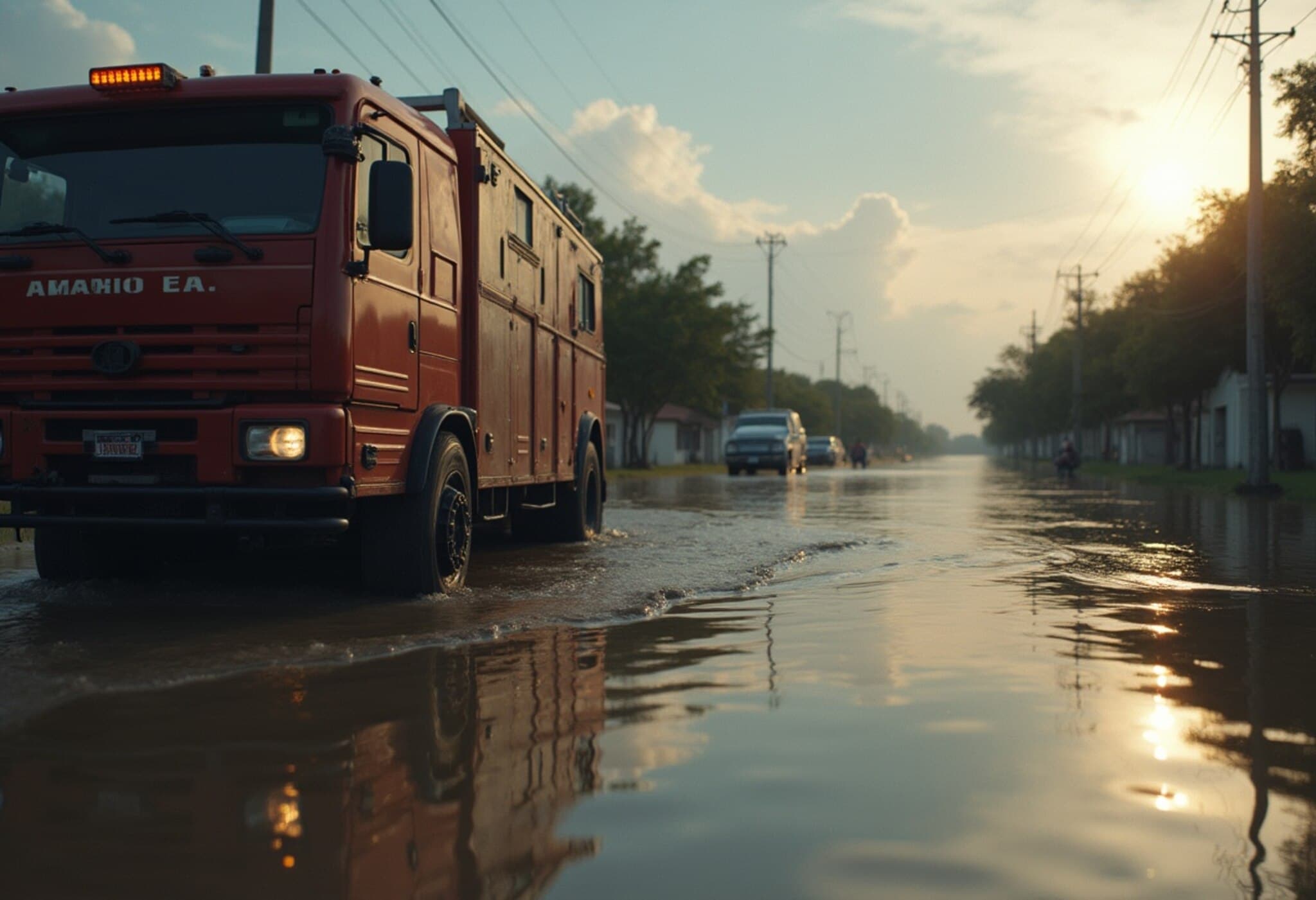Trump Visits Texas Flood Zones, Calls Storm a 'Monster'
On July 12, 2025, former U.S. President Donald Trump made a high-profile visit to areas in Texas devastated by severe flooding. The catastrophic storm, which officials are labeling one of the most destructive in recent history, left communities grappling with unprecedented water damage and displacement. During his tour, Trump referred to the weather event as a "monster," emphasizing the storm's overwhelming force and impact on the affected regions.
Sharp Criticism of Emergency Response Draws Attention
While touring the flood-hit neighborhoods, Trump openly lashed out at questions and critiques concerning the efficiency and speed of the ongoing emergency response. His remarks highlighted what many see as a growing national debate over disaster preparedness and governmental accountability in times of crisis. Trump challenged the media's portrayal of response efforts, asserting that the situation on the ground was being misrepresented.
Context and Implications for Disaster Management
Texas has long been vulnerable to natural disasters ranging from hurricanes to floods. This recent storm serves as a stark reminder of challenges faced by local and federal agencies in coordinating large-scale relief. Experts suggest that beyond immediate rescue and recovery operations, systemic improvements are critical to address infrastructure weaknesses and climate resilience.
- Emergency Response Coordination: The logistics of deploying adequate resources swiftly remain a critical concern.
- Infrastructure Investment: Upgrading flood defenses and drainage systems could mitigate future disasters.
- Community Preparedness: Enhanced public education on emergency protocols is vital.
Expert Insight: What This Means for Policy and Public Trust
As political figures weigh in, the discourse around disaster response often intersects with broader themes of federalism and public trust. Dr. Linda Martinez, a disaster policy analyst, notes, "Public perception of how natural disasters are handled can significantly influence community resilience and recovery." She adds that transparency and cooperation between state and federal agencies are essential to maintaining confidence during crises.
Underreported Angles and Questions Ahead
While much of the coverage centers on political rhetoric and immediate relief efforts, less attention has been given to the long-term environmental impact and the disproportionate effect on vulnerable populations. Moreover, critical questions remain unanswered:
- How are marginalized communities being supported in their recovery?
- What steps are being taken to integrate climate change adaptation into local planning?
- How might federal policies better align to ensure rapid and equitable resource distribution?
Conclusion: A Moment of Reckoning for Disaster Management
As Texas continues to rebuild, the spotlight on emergency response efficiency, infrastructure resilience, and political accountability will intensify. Trump's visit, marked by both acknowledgment of the storm's severity and sharp critiques of management, underscores the complexity of disaster governance in an era of increasing climate threats.
Editor’s Note:
This visit by a prominent political figure not only brings national attention to Texas’ flood crisis but also reignites essential debates on disaster readiness in the United States. Readers are encouraged to consider how policy, climate dynamics, and social equity intertwine in shaping communities' recovery and resilience. How can governments better prepare for 'monster' storms ahead? And how should the media balance critical scrutiny with supporting relief efforts?



















